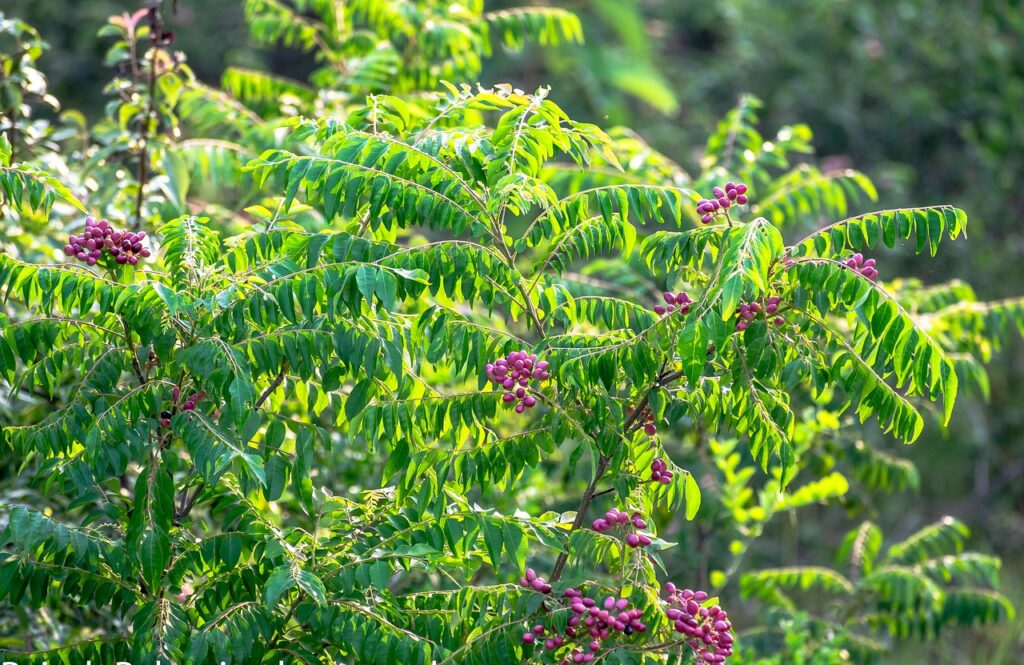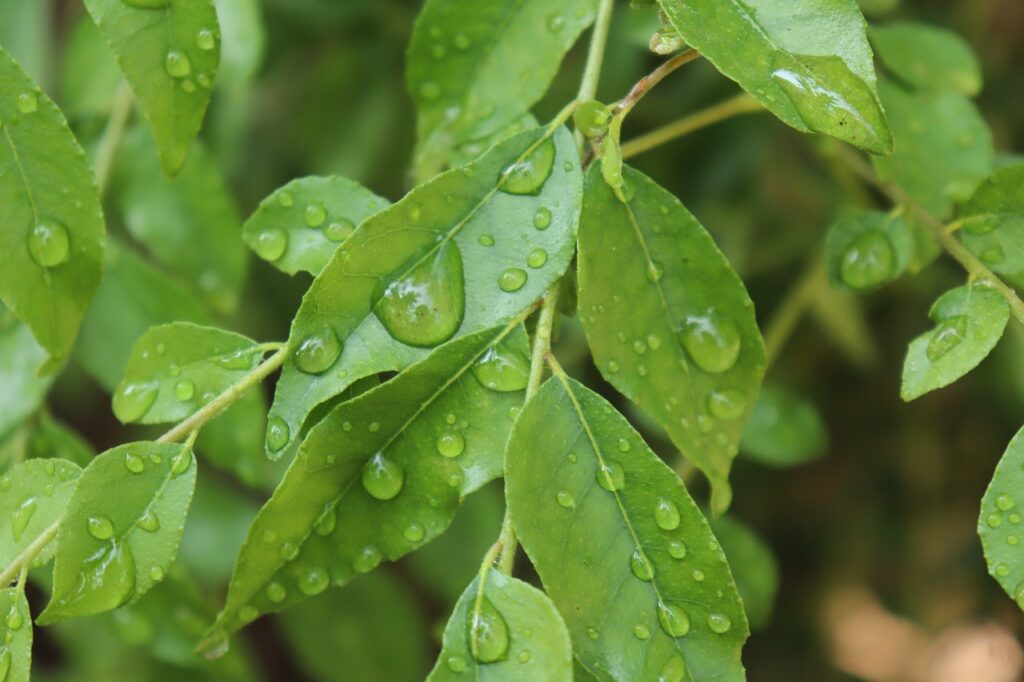

Curry Plant: Popular Way For Plantation
In the post, we will know all about curry plants and benefits of leaves
- About curry plants
- Plantation methods
- Get lots of curry leaves
- Harvesting time
- Benefits of leaves
- Recipes name?
Curry Plant
Curry Plant: In the Rutaceae family, the curry plant is the most popular or it is also known as sweet neem. It is the most popular due to its leaves, which are used for making different types of dishes. The scientific name is Murraya koenigii and it belongs to the Rutaceae family and is native to India. It blooms with aromatic white flowers.
Physical information of Plant: Over time, plants grow up to 15 to 20 feet tall with spread up to 2 feet wide. Leaves are glossy green with a pinnate shape and similar to neem leaves. Each leaf has 10 to 20 leaflets and grows up to 4 cm long with 2 cm wide. Midribs are light white and veins are a green colour. Initially, the barks of the plant are green and after maturing, the bark turns into brown colour and the branches are a green colour.
Curry Plants are easily grown in zones 9-11 (USDA hardiness).




Plantation Methods: We can easily grow curry plants by using their seeds and stem cutting. When we use curry seeds it takes lots of time for germination or its mature stage. If your propagation with its then, always buy large and fresh seeds. Seeds are easily available in local nurseries and online stores. Follow these steps for seedling-
- Take out the seeds and wash them properly.
- Soil Mixture: Garden soil with any compost (ratio should be the same). Mix them properly.
- One medium-size flowerpot (for the best result, take a clay pot).
- Fill the soil mixture into a flowerpot (pot should be empty at least 3 to 4 inches).
- Take out the seeds and dip them into the soil mixture.
- Cover the seeds with the same soil mixture and spray some water.
- Place the flowerpot in the partially shaded location.
- Within 10 to 15 days, germination starts from the seeds.
- If germination grows up to 5 to 6 inches tall then, we need to transplant them in another flowerpot.
Remember before seedling: Seeds are available inside the curry fruit with pulp. Seeds should be removed carefully and remove the pulpy part from seeds. Seeds should be ripe. In a single flower pot, plant only 10 to 15 seeds and make sure, drainage holes are available on the surface of the pot.
Stem Cutting Method: This is one of the most popular method for propagation and most of the cultivars are doing this. How?
- Take out the cutting i.e. 3 to 5 inches long and clay flowerpot.
- Cut out the stems with 45° angles and dip into rootex hormone liquid or honey.
- Dip into the same soil mixture or you can also use only normal garden soil.
- Place the pot in full sunlight.
- After 5 to 7 days, roots germination starts from the stem.
Get Lots of Curry Leaves with These Caring Tips
- Time of watering: During the summer season, morning is the best time for watering and you can give water 3 to 5 times a week or always maintain moisture in the soil potting. In the winter months, give water 2 to 3 times a week only. Don’t overwatering.
- Best time of fertilization: Give manure once a month. You can give 2 to 3 layers of cow dung with coco peat. Cow dung works as food and coco peat holds the dampness in the soil potting. Coco peat and cow dung are easily available in local nurseries or online stores.
- Humidity and temperature: Maintain the humidity before the germination period and after that, keep the small plants in full sunlight. Always save the plants from heavy wind and heavy rain.
- Pruning and cutting: Mostly weeds are germinating near the roots so, always remove them. You can also cut out the head stems, dry leaves, and branches.
- Diseases: Many types of insects (leaf mold and mealybugs) and diseases occur on the plants then, you can spray fungicide powder or liquid.
How to make fungicide pests
Best Time for Harvesting: If a tree grows up to 10 to 15 feet tall then, you can harvest leaves from the tree because the mature size of leave gives you the best taste. You can use raw leaves as well as dry leaves (depends on your dish).
Benefit of Leaves: There are lots of benefits of leaves but we are showing only Top 7 benefits
- Leaves and seeds are also used to make oil, which is used to make soaps (scentful).
- Leaves are also used as an herb in Ayurveda because leaves have anti-diseases properties.
- It is a good source of eyesight.
- Improving heals wounds and burns.
- Daily use of leaves (3 to 5), improves weight loss.
- Reduce heart diseases.
- Fight against blood sugar control (improve blood sugar level).
Ultimate Recipes Name: You can add curry leaves in flavour rice, different types of chutneys and soups, pulses, and many types of dishes.
If you like this post don’t forget to share it with your friends and relatives and subscribe to my newsletter for the instant update 🙂


Most Popular Flower Plants 🙂
Choose Your Favourite Tag 🙂
air purifying plants almonds aloevera Bougainvillaea broccoli Cardamom carrot cauliflower Cultivation or farming Daisy flowering plant Dark green chilli Dry fruits Flower plants Fruit plants Gardening hacks Gardening ideas Genus tree Green chilli hanging plants health health tips Indoor flowering plants kitchen plants latest plants latest posts Lilies onion pea peace lily perennial plants plantation ideas plants sacred tree spices spices and herbs summer flower caring summer flower plants Summer fruit plants sunflower tea tips and tricks tree vegetables vine winter flower plants











































































